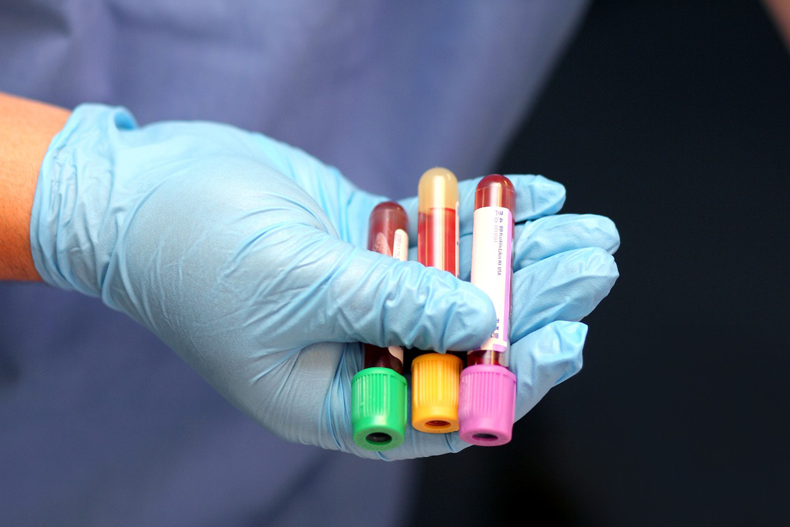Top Phlebotomy Resume Tips: Stand Out in Your Job Search & Land Your Dream Position
As a thriving field within the healthcare sector, phlebotomy offers numerous opportunities for skilled practitioners. However, the job market can be competitive.Crafting a standout resume is essential for securing your dream position. In this article, we will delve into comprehensive tips for building an impressive phlebotomy resume, blending effective strategies, examples, and insights to help you shine in your job submission process.
Understanding the Importance of a Strong Phlebotomy Resume
Your resume is your first impression when applying for a phlebotomy position. It should not only list your qualifications but also convey your competence, attention to detail, and ability to handle the responsibilities of the job.An effective resume highlights your skills and also your practical experience, making it easier for recruiters to recognize your potential as a candidate.
Essential Components of a Phlebotomy Resume
Here are key sections to include in your phlebotomy resume:
- Contact Details: Include your full name, phone number, email address, and your LinkedIn profile (if applicable).
- Objective statement: A tailored objective that reflects your career aspirations and how you can contribute to the institution.
- Education: Detail your educational background, including your degree, institution, and graduation date.
- Certifications: List relevant certifications, such as PBT (ASCP), CPT (National Healthcareer Association), or others relevant to phlebotomy.
- Work Experience: Include detailed descriptions of your prior roles, emphasizing accomplishments and responsibilities.
- skills: Highlight both technical and soft skills that are relevant to phlebotomy.
Top Phlebotomy Resume Tips
1. Tailor Your Resume for Each Application
Customize your resume for each job you apply for. Highlight experiences and skills that match the job description. Use keywords from the job listing to improve your chances of passing through Applicant Tracking Systems (ATS).
2. Showcase Relevant Certifications and Training
Certifications are crucial in the healthcare field. Make sure to include relevant licenses and certifications clearly in your resume to showcase your commitment and qualifications. Create a dedicated section for them, as shown in the table below.
| Certification | Issuing Organization | Year Obtained |
|---|---|---|
| Certified Phlebotomy Technician (CPT) | NHA | 2021 |
| Phlebotomy Technician (PBT) | ASCP | 2020 |
| Basic Life Support (BLS) | AHA | 2022 |
3. Highlight Transferable Skills
Even if your previous job experience isn’t directly related to phlebotomy, showcase transferable skills that are relevant. For instance:
- Customer Service: Experience in handling patient inquiries and concerns.
- Attention to Detail: Critical when performing venipuncture and handling samples.
- Team Collaboration: Ability to work in tandem with healthcare personnel.
4. Use Action Verbs
To make your resume more dynamic, employ action verbs that clearly articulate what you did in your previous roles.Rather of simply stating your responsibilities, demonstrate your contributions. Examples include:
- Performed
- Administered
- Assisted
- Monitored
- Collaborated
5. keep it Concise and Professional
Your resume should ideally be one page long, especially if you have less than 10 years of experience. Use a professional format with consistent font styles and sizes. Avoid overly decorative fonts or excessive graphics,which can detract from the professionalism of your resume.
Benefits of a Well-structured Resume
A well-structured resume does not only increase your chances of landing an interview; it also helps convey your professionalism and preparedness for the role.Benefits include:
- Better Visibility: A clear and relevant resume can grab the attention of hiring managers quickly.
- Effective Communication: Structuring your resume shows that you can communicate effectively; an essential trait in healthcare roles.
- Increased Confidence: A resume that highlights your skills can enhance your confidence during the interview process.
Real-Life Case Study: Success Through a Tailored Resume
Consider the story of jessica, a phlebotomist who struggled to land interviews despite her qualifications. After shifting her focus to tailor her resume to each application, highlighting keywords and her relevant skills, she received multiple interview calls within weeks.Jessica’s customizable approach allowed her to articulate her unique qualifications and secure a position with a well-respected healthcare organization.
Conclusion
Your phlebotomy resume is your key to unlocking doors in the job market. By incorporating these tips—tailoring your resume for each specific role, showcasing your certifications, and maintaining a professional and concise format—you’ll enhance your chances of standing out among other applicants. Remember, the goal is to present yourself as the best candidate by effectively communicating your skills, experience, and passion for phlebotomy. Follow these expert strategies, and you’re on your way to landing your dream position!
